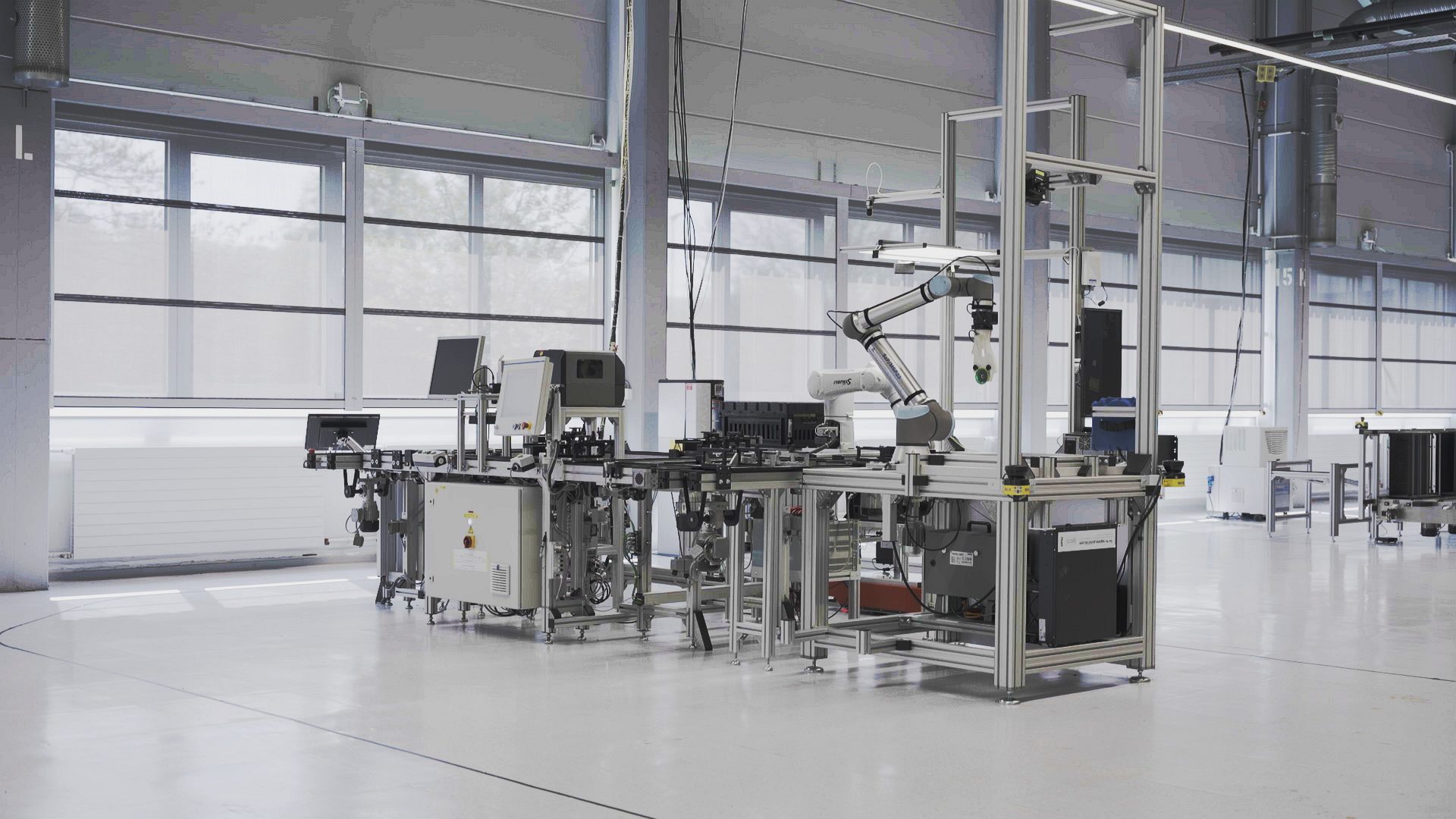In a Robert Bosch Elektronik factory in Salzgitter, Germany, an automated robotic arm and assisted guided vehicle (AGV) are utilizing some of the most advanced 5G Standalone features for industry: Time-Sensitive Networking (TSN), precise positioning and Ultra-Reliable Low Latency Communications (URLLC).
Qualcomm and Bosch have been testing 5G TSN in a real-world industrial environment since 2019. The newest demonstration, first unveiled at Mobile World Congress Barcelona 2022, demonstrates 5G’s capabilities to enable automatic inspection of manufactured parts. As Fatih Ulupinar, principal engineer at Qualcomm Technologies, explained during a session at Hannover Messe 2022, the demo brings to life a number of 5G capabilities: TSN, which enables time synchronization down to the microsecond level, “bounded latency” provided by 5G URLLC, and precise positioning that guides the AGV. Multiple 5G radios were deployed within the factory for Coordinated Multi-Point transmissions, or CoMP, to facilitate ultra-reliable communications. The positioning capability, he added, is a non-communication feature of 5G Release 16 that is accomplished via an uplink sounding signal received by multiple 5G radios. As the AGV rolls along, the 5G positioning estimate is compared with ground truth data. This first over-the-air demonstration with a live 5G private network in a real factory environment delivered positioning precision in tens of centimeters, and the precision can be improved further with advanced techniques such as sensor fusion or machine learning. The AGV brings a storage box to an autonomous mobile robot (AMR) arm, which is controlled with TSN support, and holds up parts for an optical inspection by a high-resolution camera that is also running on the 5G network. Acceptable parts are then placed in the AGV’s box.
The 5G network uses the 3.75 GHz spectrum that German regulators set aside for industrial/private enterprise networks. In the future, the AMR could move within the factory environment for a flexible floor configuration. Ulupinar notes that multiple aspects of the demonstration are integral to its success: The support for high throughput with low latency, ultra-reliable data delivery with CoMP, precise positioning, and microsecond-level time synchronization with TSN. Industrial customers, Ulupinar explains, are used to operating with wired networks that can support zero packet errors in 24 hours, with delivery cycle times on the order of 10 milliseconds or even less—too short for retransmission, so both guaranteed latency and guaranteed reliability are crucial. 5G can deliver the necessary performance, and rather than rely on multiple networks to carry data and provide positioning and synchronization information, Ulupinar points out, a single 5G network accomplishes multiple functions.
5G is one network providing communication, TSN, positioning – all of them, together,” he says. “People don’t need to maintain multiple networks to do different things. … 5G is there to rise up to the challenge and support mission-critical IoT with this rich set of requirements.”
For more information on Qualcomm’s work to support industrial 5G, click here.
Watch the webinar here.

